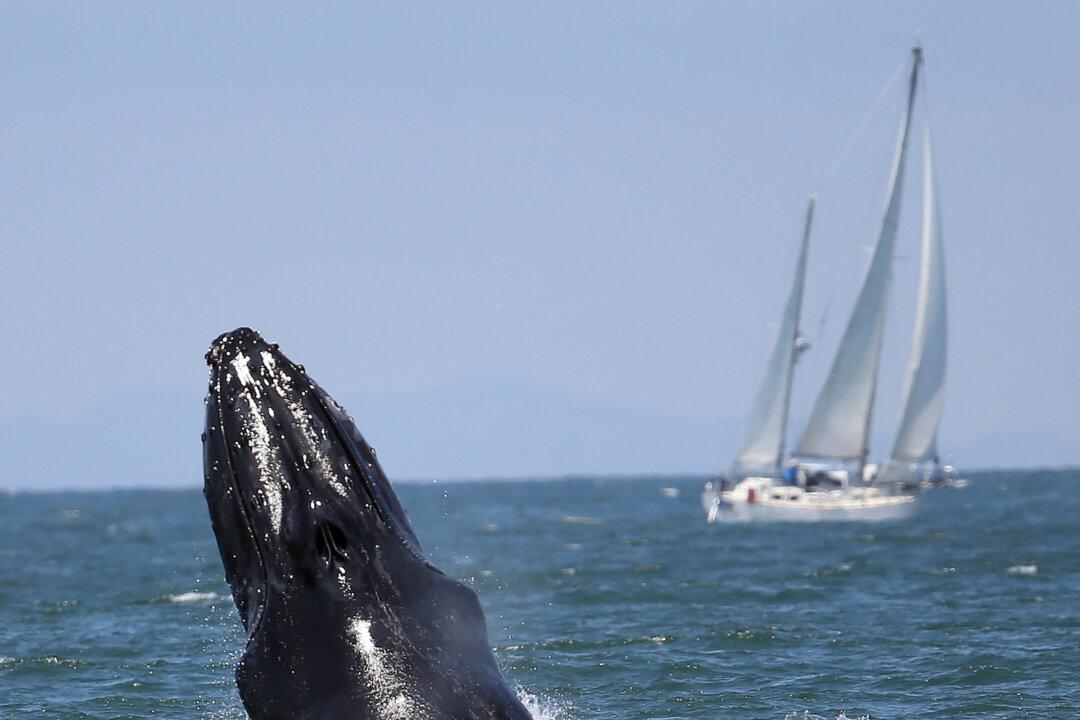It’s like waking up one day and having a highway next to your house.”
This is how Dr. Vincent Raoult describes what is happening to sea life as the intrusion of commercial shipping increasingly worsens already stressful marine conditions.

It’s like waking up one day and having a highway next to your house.”
This is how Dr. Vincent Raoult describes what is happening to sea life as the intrusion of commercial shipping increasingly worsens already stressful marine conditions.